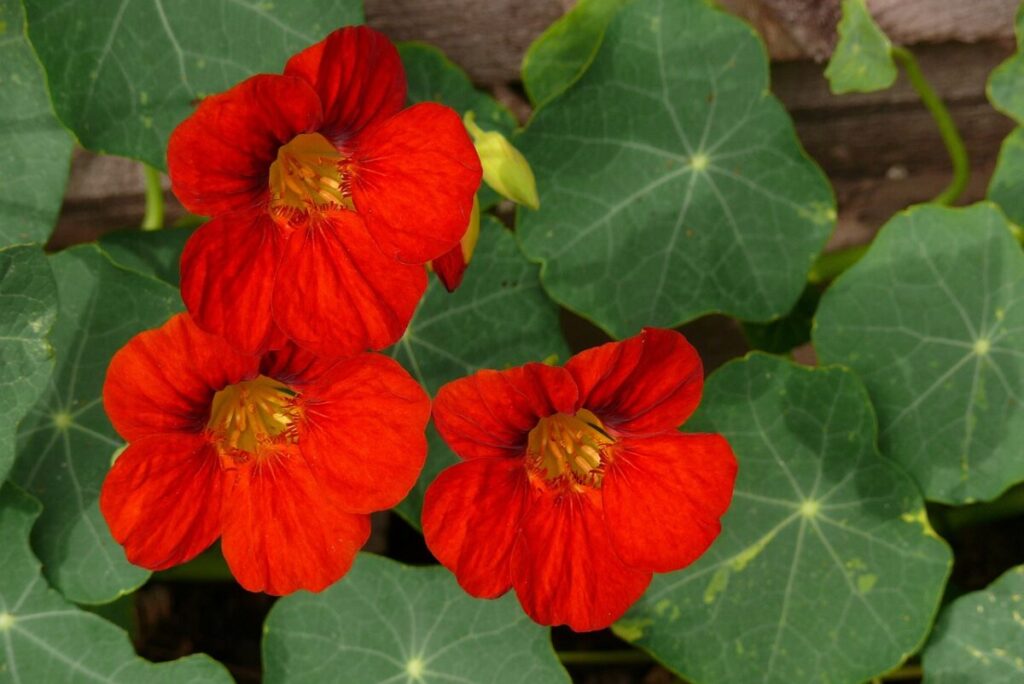Did you know that gardens originated as multi-purpose projects? It’s true; not only were the plants grown for their aesthetic appeal, but also for the nutrients and flavor they could bring to the table.
Are you looking to add more flavor to your garden? Here are a few plants to consider when planting your own multi-purpose gardens!
Nasturtiums
Best used in salads, the nasturtium flowers and leaves provide a peppery kick to the recipes they’re used in. Plus, the nasturtium is a beautiful addition to any garden looking for more vibrant warm hues.

These plants grow and bloom best when planted in a location receiving 6 to 8 hours of direct sunlight each day. The soil they’re planted in should be relatively infertile and have good drainage. Additionally, the nasturtium prefers weekly watering but can survive through moderate droughts.
Roses
Depending on the rose variety, the petals will add either a sweet or spicy kick to the meal. Or, for anyone looking for natural congestion, stomach, or sore throat relief, the petals can be brewed into tea. Plus, with so many varieties of roses, gardeners are bound to find one that will complement their garden!
When adding roses to a garden, location is important. Roses are plants that crave sunlight making locations receiving at least 6 hours of sunlight each day essential for the plants’ growth. Also, roses require rich and well-draining soil to thrive. When planting it’s a good idea to mix some organic matter into the soil to help enrich the soil.
Chives
Oftentimes, people think of using chive leaves in their cooking. While the leaves are a great addition to many recipes, they’re not the only part of the plant that can be used.
Often overlooked, the purple, globe-shaped flowers can spruce up your recipes, as well as the garden. Plus, the flowers frequently provide an onion-like flavor even stronger than the leaves.
Chives will thrive in a location that receives full sunlight. The soil they’re planted in should be loamy or sandy, well-draining, and have a slightly acidic to neutral pH.
And there you have it, three great plants to place in your multi-purpose garden.
If you’re looking to learn more about gardening, you’ve come to the right place. From learning more about unique gardening techniques to learning how to start your own compost at home, our blog has the information to help your garden thrive.
Be sure to check out more here. Then, stay in the loop by following us on Facebook and Twitter.
